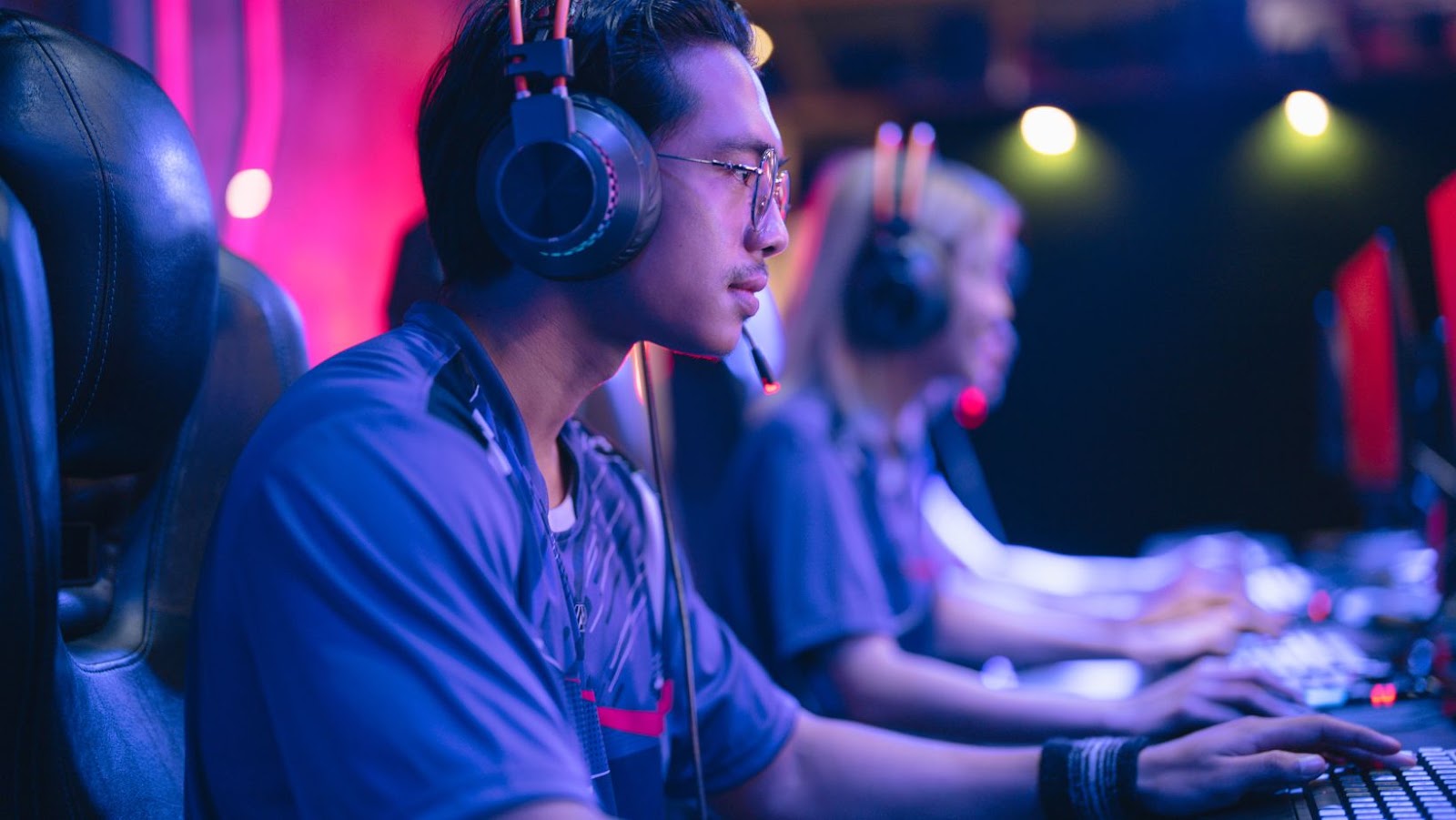In the digital age, the world of sports has expanded beyond physical arenas and into the virtual realm. Esports organizations are at the forefront of this evolution, shaping the future of competitive gaming. These entities aren’t just gaming teams; they’re multi-faceted companies, juggernauts in an industry that’s rapidly gaining mainstream recognition.
From managing professional players to hosting international tournaments, esports organizations are redefining what it means to be a sports franchise. They’re pioneering new ways to engage fans, foster talent, and navigate the ever-changing landscape of digital competition.
Esports Organizations
Emergence and ascension of esports organizations aren’t sudden phenomena. They’ve been forged over time, evolving with the dynamic digital world.
 A Brief History
A Brief History
Going back a couple of decades, esports began as informal gaming competitions among friends. Fast-forward to the 21st century, and they’ve morphed into organized, professional events played by skilled individuals in front of millions. South Korea marked the beginning of this transformation, with the formation of KeSPA (Korea e-Sports Association) in 2000, which led to more structured and standardized competitions. In the early 2000s, North America saw its first significant esports organization – Major League Gaming (MLG), helping to catalyze this new era of competitive gaming.
The Growth Factors
Several elements fuel the growth of esports organizations. Firstly, increased internet penetration and the democratization of technology provide a vast global platform for potential players and audiences. Added to that, the sheer advancement in gaming technologies facilitates immersive, cutting-edge gaming experiences that captivate audiences. Furthermore, the commercialization of esports attracts a massive influx of investment, propelling esports organizations into multi-million dollar entities. Lastly, social elements, such as the recognition of esports as a viable career and the evolution of a dedicated fanbase, further the trajectory of growth in the esports organizations.
Structure of Esports Organizations
Leading esports organizations operate systematic models that mirror traditional sports entities on many fronts. Structure and hierarchy hold paramount importance in crafting the success trajectory for these enterprises.
 Ownership and Management
Ownership and Management
An esports organization’s identity revolves around its owners alongside a proficient management team. Entities range from singular investors to consortiums comprising business magnates, celebrities, and existing sports franchises. Decision-making authority predominantly lies with these ownership groups. Some notable examples include G2 Esports, owned by Carlos ‘Ocelote’ Rodriguez, and Team Liquid, managed by aXiomatic, a multi-entity group featuring high-profile names like Magic Johnson.
Player Development and Teams
Reliable talent repositories form the backbone of any esports organization, and they owe their success to the skillsets of their participating teams. Scouting for promising talent, nurturing them, and structuring professional teams embodies a crucial phase in esports organizations’ journey.
The organization’s responsibility doesn’t end with team formation. It’s tasked with designing meticulous training programs, ensuring players’ mental and physical health, providing resources, and continually updating game strategies. For instance, Team SoloMid (TSM), known for its robust player support system, tailors customized routines that equip players to face high-pressure esports scenarios efficiently.
Key Revenue Streams for Esports Organizations
The financial viability of organizations in esports essentially relies on multiple revenue channels. Various ways exist for these entities to monetize their operations and grow their financial base.
 Sponsorships and Partnerships
Sponsorships and Partnerships
Sponsorship deals represent a significant portion of revenue for most esports organizations. High-profile brands across various sectors, including Intel, Mercedes-Benz, and Red Bull, invest heavily in esports. They collaborate on events, team sponsorships, and even player endorsements. For instance, the computer hardware company Intel sponsors the Intel Extreme Masters, a series of international esports tournaments. Such partnerships offer exposure for the brands to the rapidly expanding esports audience, consequently driving revenue for esports organizations.
Advertising and Merchandising
Besides sponsorships, advertising and merchandising play important roles in the revenue model of esports organizations. Esports event broadcasts offer advertising spots much like traditional sports productions. Brands pay top dollar to place their advertisements during highly viewed esports competitions, generating significant ad revenue for the organizations involved.
Moreover, merchandising provides another crucial revenue stream. This involves the sale of branded team merchandise such as jerseys, caps, and gaming accessories. Major esports organizations like Team Liquid and G2 Esports maintain online shops offering a wide range of merchandise products.